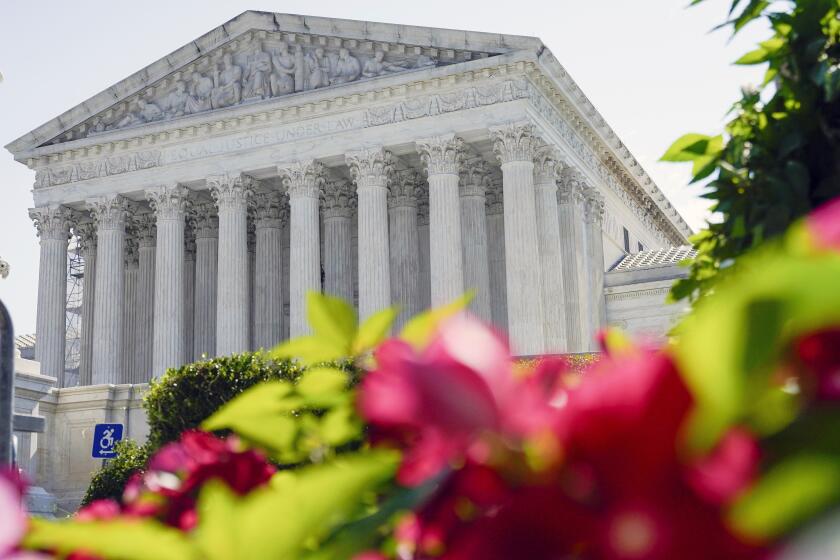Bounty of Blood Nears Expiration
Blood banks, flooded with donations in the days after the terrorist attacks, are scrambling to use supplies before their expiration dates this week.
The first batch, collected on Sept. 11, will have to be discarded if it’s not used by Tuesday. Red blood cells have a shelf life of seven weeks.
The Southern California division of the American Red Cross received 4,000 units of near-expired blood last week from other regions, about 500 more units than it normally imports. The blood, officials say, has a better chance of being used here than in other less-populated areas with fewer hospitals.
“What we’re trying to do right now is ensure that the right blood is in the right place at the right time so that it is used,” said Jackie Frederick, the Red Cross’ national senior vice president for biomedical services.
Blood banks are accustomed to shuffling blood around during critical shortages, most recently this summer. But in those cases, the goal is to prevent regions from running out of blood. In this case, surplus blood is being rotated so that it won’t go to waste.
“This is not something we face very often, where we have to worry about having too much blood,” said Lynn Stedd, a spokeswoman for the San Diego Blood Bank.
At the end of last week, hospitals in San Diego had 578 pints of blood that will expire on Tuesday and Wednesday.
Heart bypass surgeries typically require one to five units of blood. Bleeding ulcers can take up to 30 units, and organ transplants might require 100 if complications arise.
The New York Blood Center collected three times the usual blood donations during the two weeks after the attacks, not including deliveries from other blood banks around the country. Officials are unsure how much blood they will be forced to throw away.
“We’re really assessing this each day,” said Linda Levi, a blood center spokeswoman. “We’re trying to ensure that nothing goes to waste, but we don’t know for certain” if that’s possible.
Blood Centers of the Pacific, which operates in Northern California, turned away most donors in the days and weeks after the attack because they anticipated an excess.
From blood, laboratories can extract red cells, plasma and platelets for different uses. Platelets, given to cancer patients, expire five days after they are donated. Plasma can be frozen for a year.
In many cases, plasma is sent to pharmaceutical companies for use in factor VIII, which aids clotting in hemophiliacs, and albumin, which is used to treat burn victims.
“From every donation made, we will make a lifesaving product for a patient,” Frederick said, “even if a part of the donation isn’t used.”
Once the current glut is resolved, blood centers face the new challenge of culling regular donors from the groups who volunteered in the aftermath of the tragedies. Previous events, such as the Persian Gulf War and the Oklahoma City bombing, suggest that people lose interest in giving blood when the imminent need disappears.
“Our own research is not encouraging,” said Jim MacPherson, chief executive of America’s Blood Centers.
“These are people who only respond to national emergencies or national tragedies. They are frankly not interested in being routine blood donors.” In Southern California, some early volunteers who were turned away because of the long lines are now declining to donate when contacted by the Red Cross. They tell phone recruiters that they wanted to help victims in New York, not patients in Southern California.
Most people, however, are following through on their initial pledges to give.
More to Read
Start your day right
Sign up for Essential California for news, features and recommendations from the L.A. Times and beyond in your inbox six days a week.
You may occasionally receive promotional content from the Los Angeles Times.






